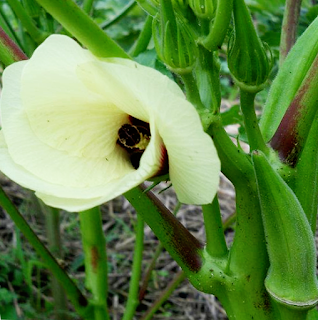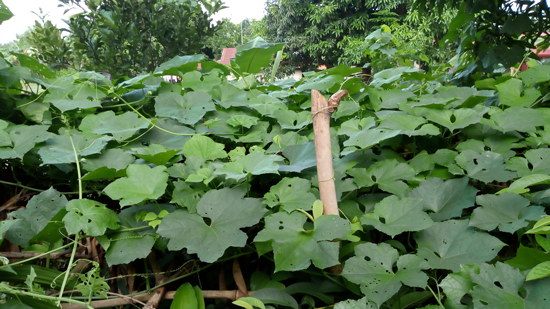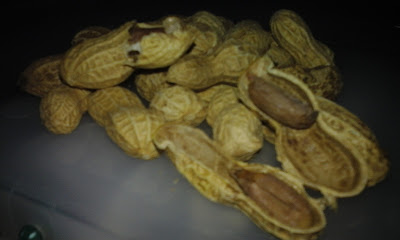T-shirt Printing Business Package Philippines

T-shirt Printing A printed T-shirt is a form of textile printing specifically on a T-shirt. It shows graphic designs, text with lettering or an image. Printing is done with textile printing. T-shirt s are common and universal in terms of clothing. It has no specific gender style and generally unisex which is basically a shirt in T shape with body and sleeves. Because T-shirts are cheap and inexpensive, the fabric is mostly made of cotton fabric, and are easy to clean. White T-shirts are commonly used as an undergarment, while the colored t-shirts can be plain colored or printed. T-shirt printing is an art of transferring design to a t-shirt. It can also be turned into business due to cheapness of the t-shirt as a clothing and it's unisex properties. In the Philippines, people of various age and gender wear t-shirts. This brings opportunity to the business minded to explore and understand the profitability of T-shirt Printing business packages in the Philippines. T







